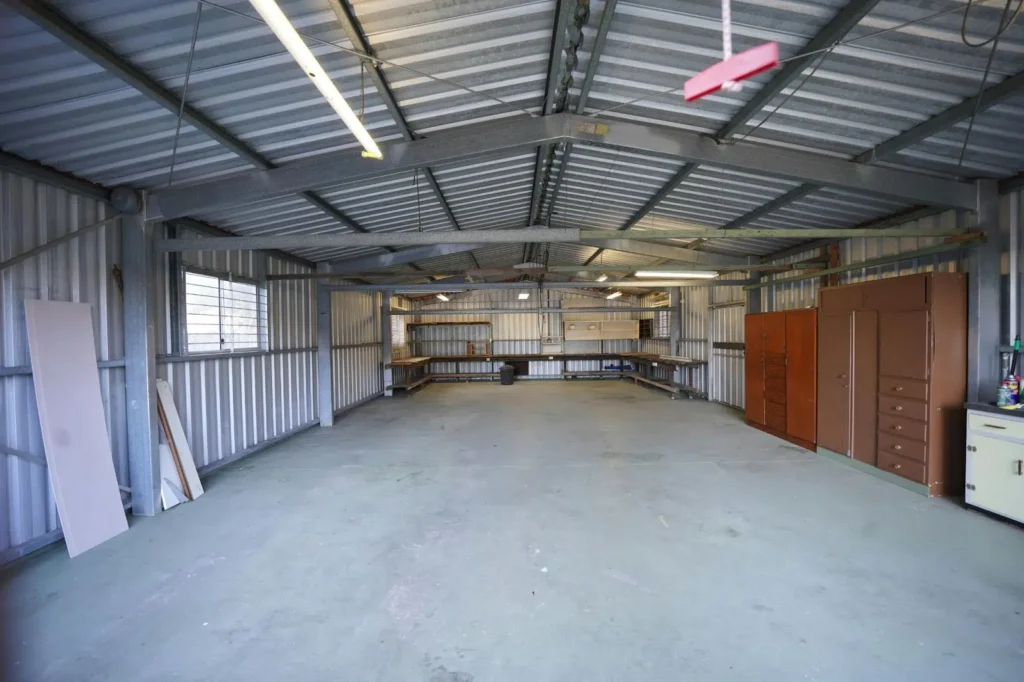Constructing a metal warehouse involves a meticulous breakdown of various cost components to ensure a successful and cost-effective project. In addition to the primary cost factors of materials, labor, and equipment, several other considerations can impact the overall budget.
Cost of Materials
The cost of materials constitutes a significant portion of the total construction budget. Metal warehouses typically require steel frames, roofing, cladding, insulation, and other components.
The price of materials can vary depending on the type, quality, and quantity required. Obtaining quotes from suppliers and comparing prices can help in optimizing material costs.
Additionally, factors such as transportation costs, storage fees, and potential price fluctuations in the market should be taken into account when budgeting for materials.
Check out the blog post: Costs for a 100 x 100 steel building
Labor Costs
The complexity and scale of the metal warehouse project will directly impact labor costs. Skilled workers, such as drafters, engineers, and construction laborers, play a vital role in ensuring the project’s success. It is crucial to hire experienced professionals who adhere to safety protocols and follow construction standards.
Labor costs may also depend on local wage rates and the availability of skilled workers. Moreover, considerations such as overtime pay, worker benefits, and training expenses should be factored into the labor cost estimation to avoid any unforeseen budget overruns.
Equipment and Machinery Costs
The use of specialized equipment and machinery during construction can contribute to the overall cost.
Cranes, lifts, excavators, and other equipment might be necessary for various tasks such as foundation work, steel erection, and roofing installation.
Renting or purchasing these tools will incur additional expenses that should be factored into the overall budget. It is essential to consider maintenance costs, fuel expenses, and potential equipment rental duration extensions when planning for equipment and machinery expenditures.










